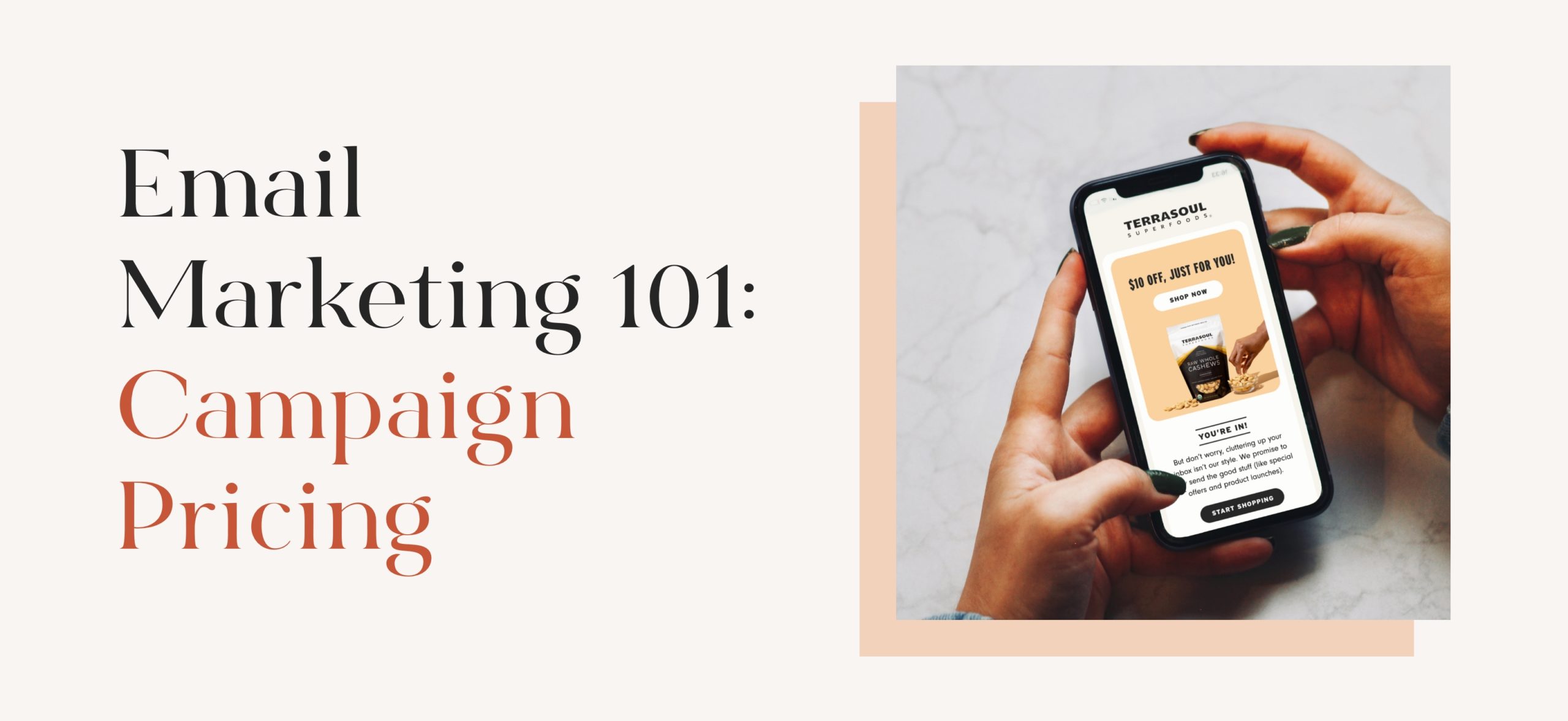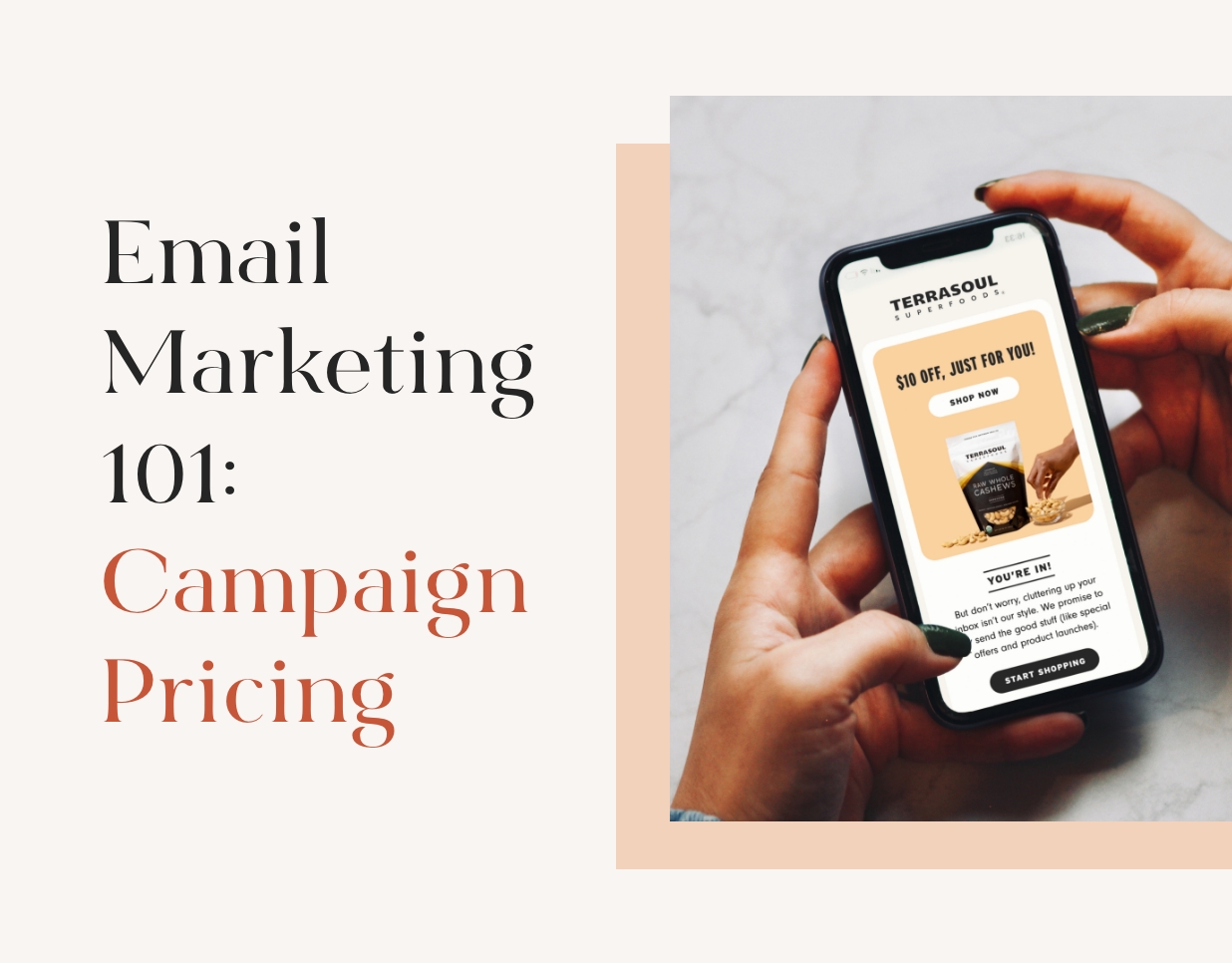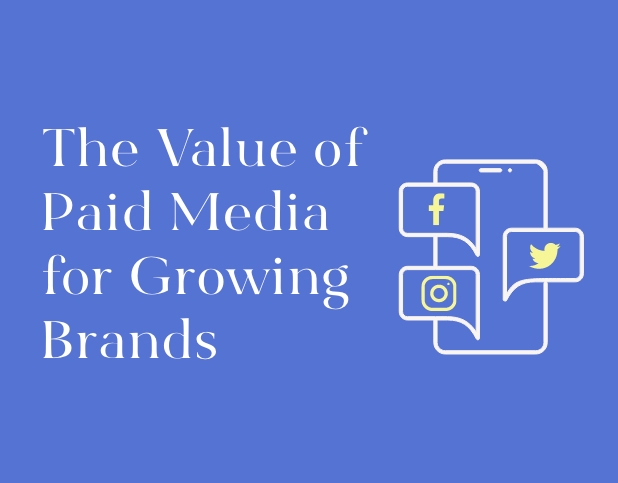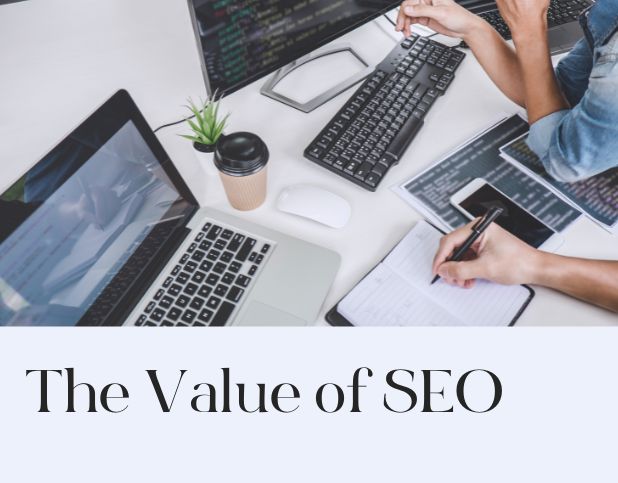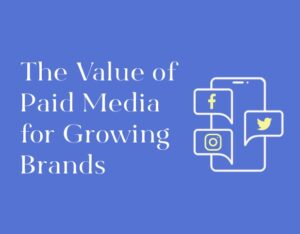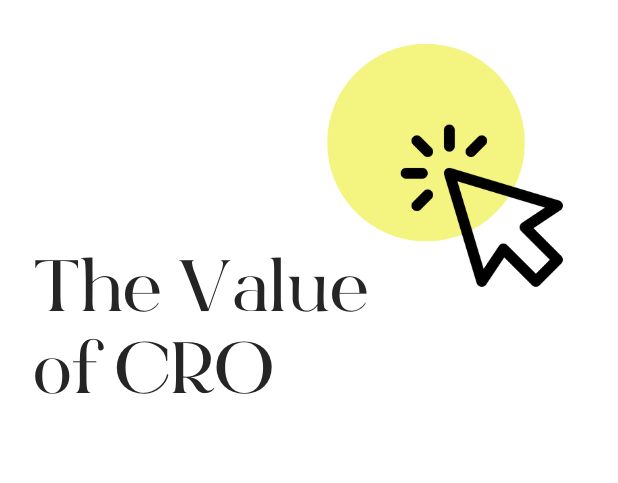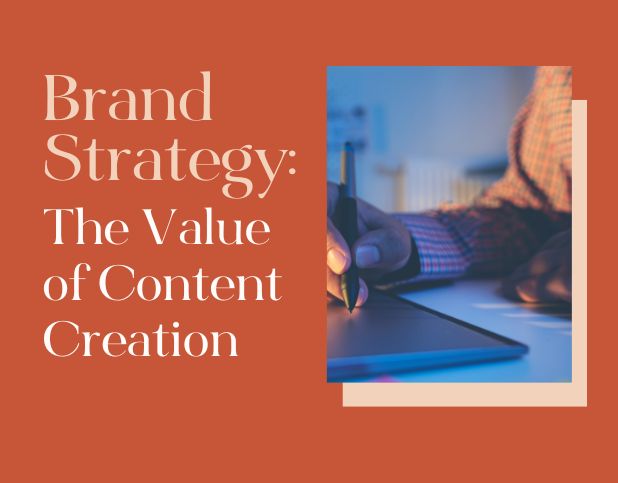When it comes to the world of marketing, you can’t have a conversation about high ROI channels without talking about email. Email marketing is a valuable tool at all steps of the digital customer journey. Once a brand collects email subscribers, it can use email automation to nurture and acquire new customers to convert. Email is also an important method used to increase loyalty and retention in the later stages of the customer journey. Email marketing is one of the most affordable and cost-effective types of marketing as it delivers a strong return on investment (ROI). Because of this value, brand owners often ask about the price and what elements go into determining the cost of email marketing. There are several factors to consider that we will cover in this article.
Factor #1: Determining The Type of Email Marketing
There are two main types of email marketing, and they are each dependent on different types of goals.
Email Automations: These emails aren’t usually sent in bulk. These messages are triggered by the action of a unique prospect or customer. It could be when someone provides their email to get a first-order promo code (Welcome Series) or if a previously loyal customer has not made a purchase in a while so we offer an incentive to return and purchase (Win-Back). This has a heavier set up cost initially, but then it can run for months without needing many updates. Of course, it’s important to continuously look at analytics and optimize automation triggers and filters based on our findings but email automations tend to run on their own and deliver good results.
Ongoing Email Marketing: These email campaigns are topical and should include either a clear call-to-action (use this promo code!) or a clear message (Check out our new product!). These are sent to larger segments (or all) of your email subscriber list and can be segmented according to the message that is relevant to different segments of your subscribers.
Factor #2: Selecting The Email Marketing Platform
There are dozens of email marketing platforms to choose from. Each has slightly different features, segmentation capabilities, design capabilities, and tech integration options. Pricing varies from platform to platform based on some of these factors, but most email platforms also base their pricing off of the number of subscribers in your email list as well as the volume of emails and/or SMS messages you send per month. Here are a few factors to consider when selecting an email marketing platform:
- Do you already collect customer emails or is this a new initiative?
We need to know if we’re helping you set up software from scratch or building off what already exists. - What email platform will you be using?
At BuzzShift, we prefer the ecommerce-friendly platforms such as Klaviyo and Privy because of the ease of customization and moderate pricing. B2B brands may prefer a full-functioning CRM tool like Hubspot. We have also used Mailchimp over the years which is great for brands with lower budgets who need very basic email capabilities. - Do you have audience segments?
We recommend you do, but If not, it will take time and effort for Buzzshift to set those up for you. This makes sure the right people see your message. We also help our brands periodically scrub their email lists; that way you’re not paying for “stale” and unengaged subscribers who are clogging up your lists. - How do you plan to track performance?
Many tools provide the raw data. BuzzShift can provide the insights. By knowing which email campaigns work with which audiences, we’re better able to replicate performance and optimize conversions. We also regularly monitor automations to make sure the triggers and filters are working to gain the best results. Some email automations can be set up in specific tools that are great for DTC like Yotpo (gathering reviews), Privy (triggers by popups), or LoyaltyLion (rewards program), which are separate costs. BuzzShift can also help you set up a Smart Newsletter to show your brand is an industry leader and educator. By sharing your existing content via an email newsletter, you’re encouraging engagement, website traffic and establishing credibility.
Factor #3: Designing The Email
While content will always be king, an email’s design is imperative to helping the reading navigate the content as the brand intends. Good email design can also entice your viewer to stick around and explore a little longer than they would have otherwise. For this reason, it’s clear to see the importance of good design when creating email marketing campaigns. Here are a few considerations to take into account when designing your brand’s emails.
- The look and feel of the email should match your brand. Do you have existing brand guidelines? What about iconography and established graphics? These building blocks of your brand are key components to building a visually appealing email campaign. Having a consistent brand look and feel helps views immediately identify your brand and can help foster strong relationships with consumers based on their values and aesthetics.
- Another consideration is Images or videos as both of these things play an important role in elevating email messages. Do you have an asset library we can pull from? Will we need to capture new content? These are both important elements to consider when thinking about email marketing as content creation can be costly and time-consuming, but ultimately will help your emails perform much better, driving more conversions, increasing your ROI, and fostering brand success.
Factor #4: Developing The Email Strategy And Content
When developing the content, we factor in the strategy of the email, which ultimately will dictate the flow. What’s the purpose of the email? What message should go at the top? How many sections should there be? Where does the CTA go? How does this relate to other messaging across the brand? Hierarchy of information is essential in creating successful email campaigns, which means you always want to put your most important message and CTA up front and center. The viewer should understand the purpose of the email upon opening it immediately, and if you’re really doing it right, they should know the purpose of the email based on the subject line alone.
Based on the email flow, we need to decide who will write the content. Our copywriters can help or your team may decide to keep that in-house and send us the copy for each email. The content of your email is arguably more important than the design, but both must work in unison for a truly successful email campaign. When it comes to copywriting, we always recommend, clear, concise copy that communicates your message as quickly and easily as possible. Make sure to avoid overly salesy language and this can be a huge turn off to consumers. Don’t tell them they need your product, show them why they need your product.
Another important consideration when developing an email strategy is frequency. While the size of your audience, nature of your business, and content of your messages will influence the frequency with which you send ongoing email, it’s important to note striking a balance between not enough and too many is imperative to keeping your audience engaged and avoiding over messaging. Quarterly is a great place to start. From there, you can work your way to monthly, and then weekly. We never recommend daily emails as consumers get fatigued by over messaging and are more likely to stop opening or unsubscribe, both of which hurt your email performance.
We know that’s a lot to consider, so let us help! BuzzShift believes in the importance of good email communication. The best audience is the one who is already engaged as your subscriber. We can determine the right platforms, messages, and frequency for your brand.
Want to see how we practice what we preach? Sign up for our newsletter below!
About BuzzShift
BuzzShift is a digital growth strategy agency with a focus on mid-market, scaling, purpose-driven DTC Brands. By combining the ideologies of branding, performance marketing, and retention agency, we are able to create memorable experiences with measurable results, and build long-term success for our clients with scalable, sustainable growth. Learn more about BuzzShift.
